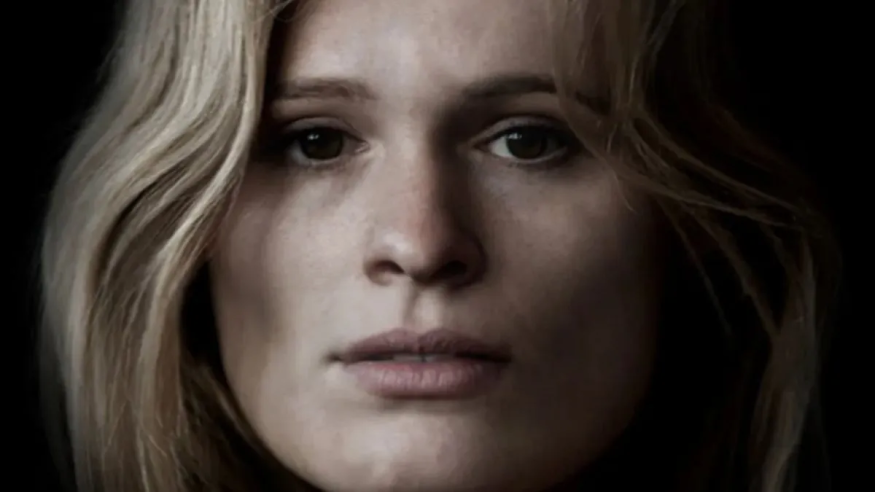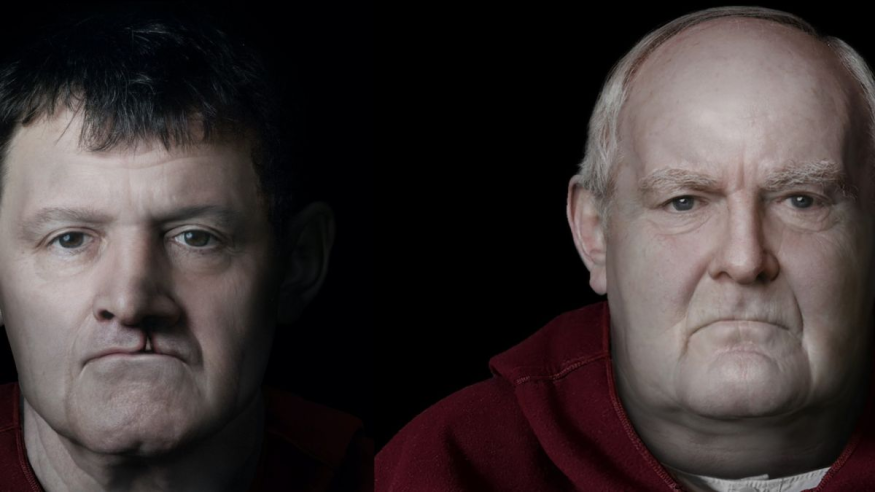Archaeologists employed 3D digital reconstruction techniques to resurrect the gorgeous face of a mysterious medieval woman for the first time in seven centuries.
As three structures were discovered in an ancient crypt in Scotland in 1957, nothing was known about them.
But over 60 years later, scientists are employing forensic technology with scientific knowledge to manage to put faces to any of these individuals by digitally animating and resurrecting individuals using 3D facial reconstructions, according to a report from the Telegraph.
The project, officially called Cold Case Whithorn, is part of a campaign led by The Whithorn Trust, a Scottish nonprofit that maintains Whithorn Priory, one of Scotland's first Christian settlements and the location of the bones. As per BBC News, the study objective is to "provide insights about the lives, nutrition, and the health of individuals from Scotland's ancient past."
An initiative at the Wigtown Book Festival allowed guests to meet the persons buried at Whithorn. Cold Case Whithorn revisits the area's archaeological archive. BBC added that they were presented on Friday, Sept. 30, as part of the Bishops, Bones, and Burials discussion at the Wigtown Book Festival.

The Facial Reconstruction Process
As per National Museums Scotland, forensic craniofacial anthropologist Chris Rynn used technology and hands-on approaches to recreate three skulls - a young lady, a priest, and Bishop Walter, the latter of whom evolved the community's priest in 1209. Rynn began by creating a 3D scan of every skull.
"I did not want all faces to seem like digital paintings, so I whittled the muscles in wax and then 3D similarly processed them so that the skull was scanned," Rynn described in a graphical on the matter.
The end product is three stunningly accurate and realistic replicas of the decedent. Rynn reanimated them with artificial intelligence, enabling bodies to move, blink, and even grin as if they were still alive today.
"It was incredibly exciting to operate on the side of the skull side by side considering that one of them, the priest with the cleft lip and palate, is the most asymmetrical skull I've ever worked on," Rynn declares in the videotape. "Another one, the lovely lady, had the most symmetrical skull I've ever performed on."

Face to Face With The Corpse
Archaeological digs in the ancient priory's presbyterian church uncovered various graves. These earliest burials were radiocarbon and dated to the 11th and 12th centuries, while the bulk was dated to the medieval and fourteenth centuries.
There have been at least 28 burials identified, including eight with grave goods consisting of clothes and artifacts buried with the dead. According to the initiative, some of these would have been affluent contributors and their households.
Scotland's National Museum added that such discoveries are uncommon for exploring new queries about medieval civilization. They might still show them how a select few were laid to rest, but they also indicate persistent discussions and worries about the afterlife and the soul's fate, even among individuals who have spent their lives building a knowledge of the spiritual realm.
RELATED ARTICLE: Bizarre Horse Skeleton Without Head from Medieval Period Discovered in Germany, Baffles Archaeologists
Check out more news and information on Archeology in Science Times.
© 2025 ScienceTimes.com All rights reserved. Do not reproduce without permission. The window to the world of Science Times.











